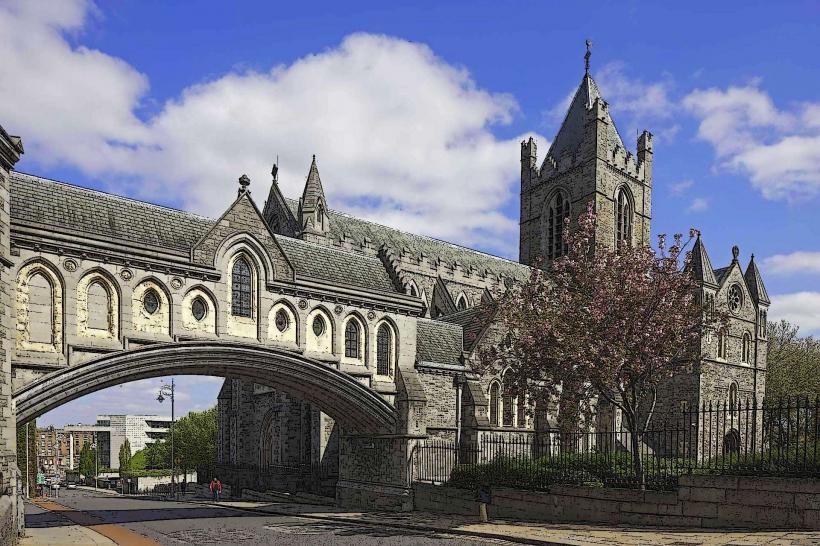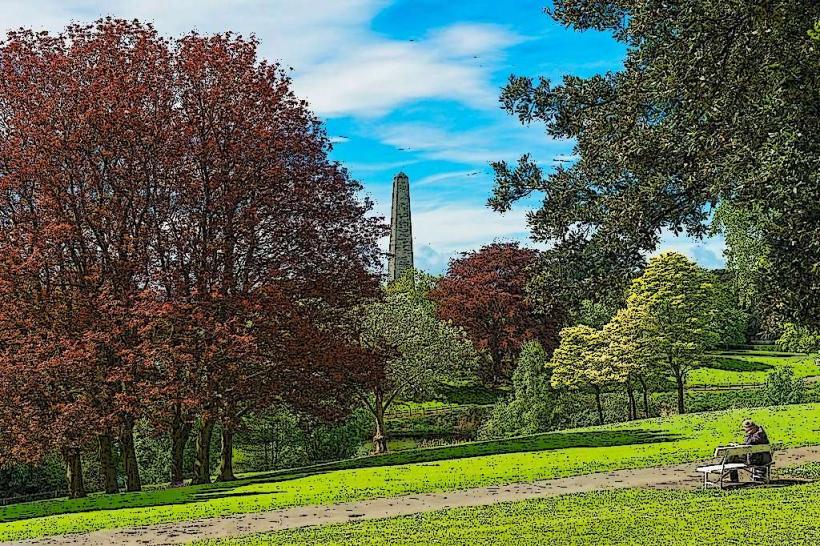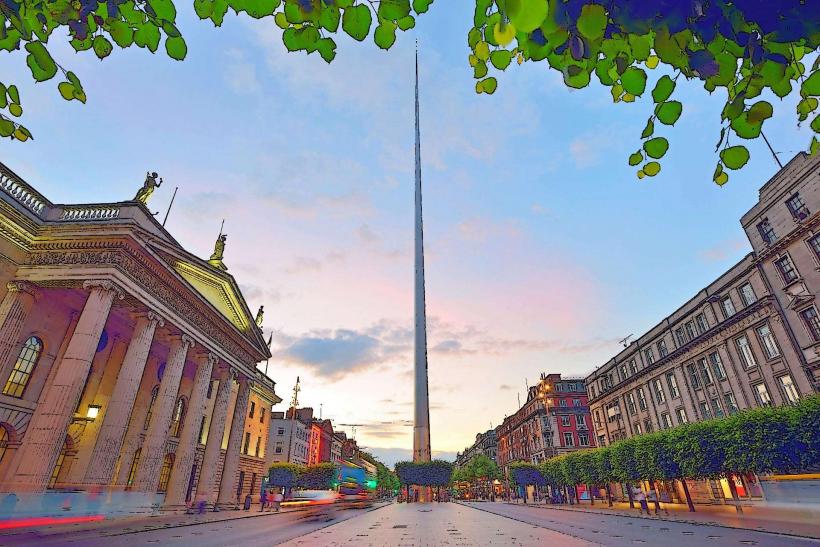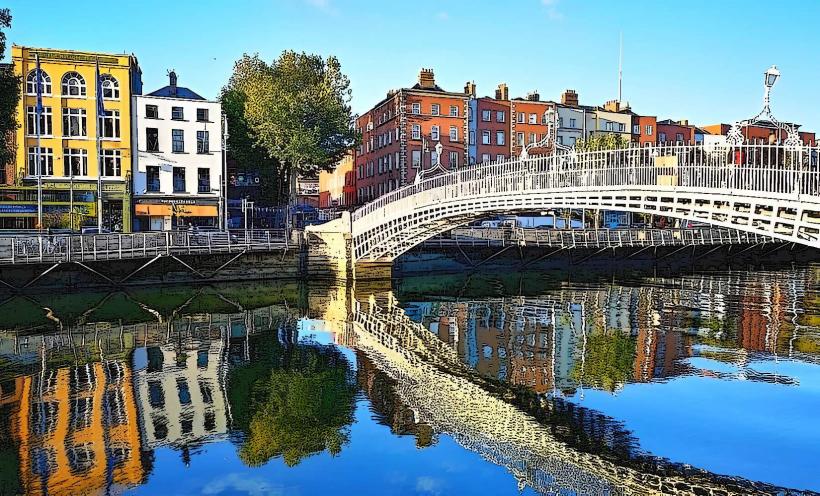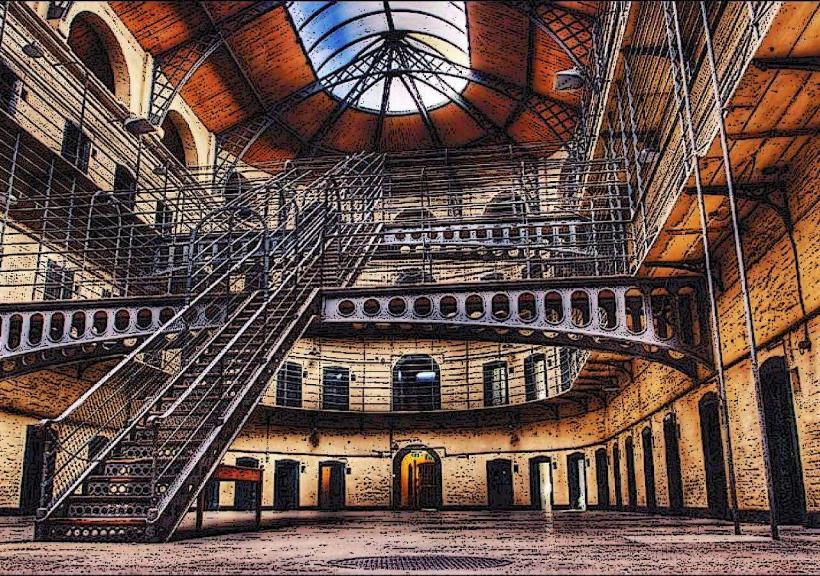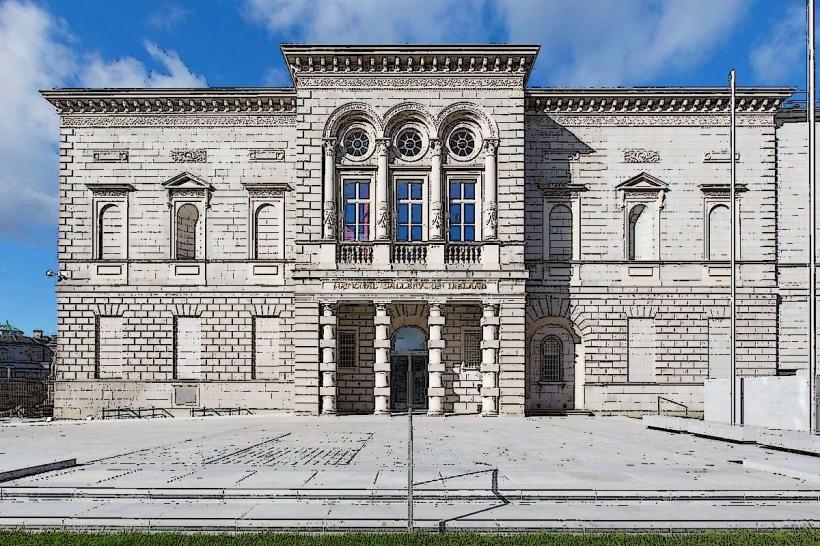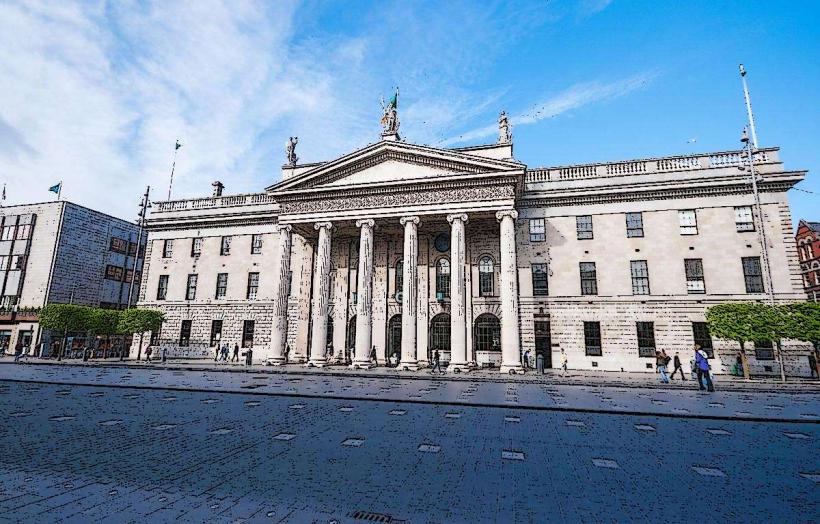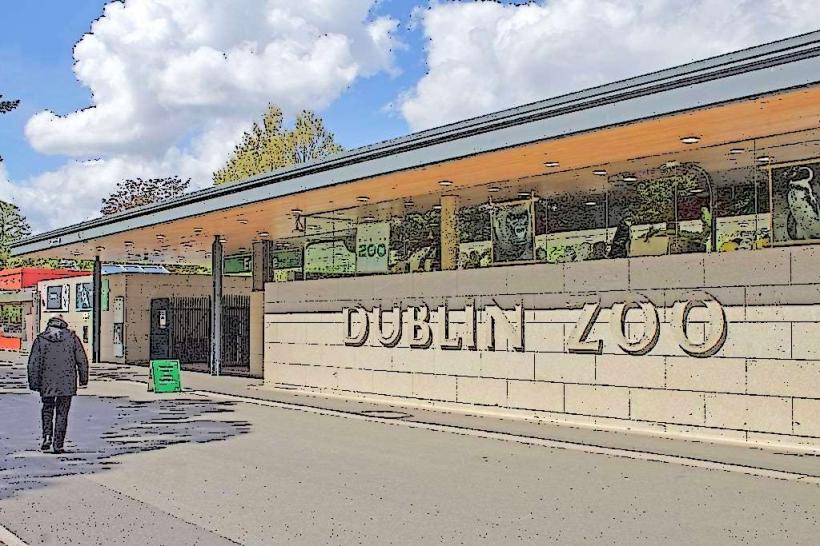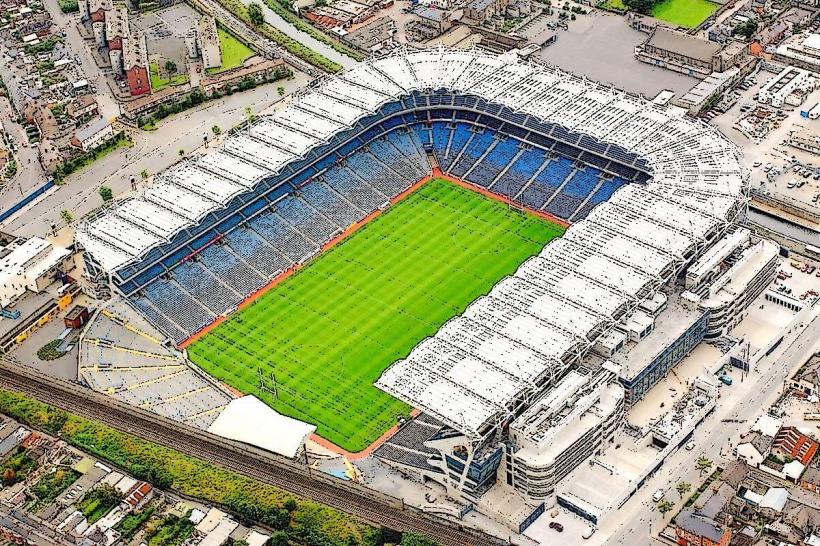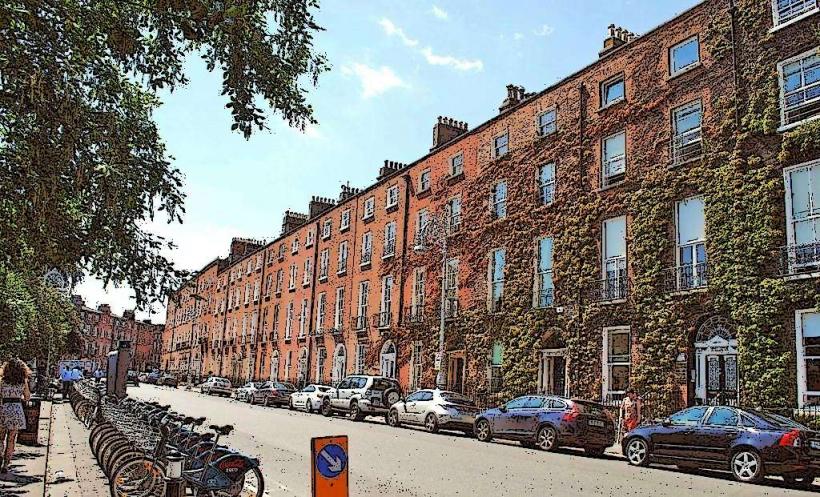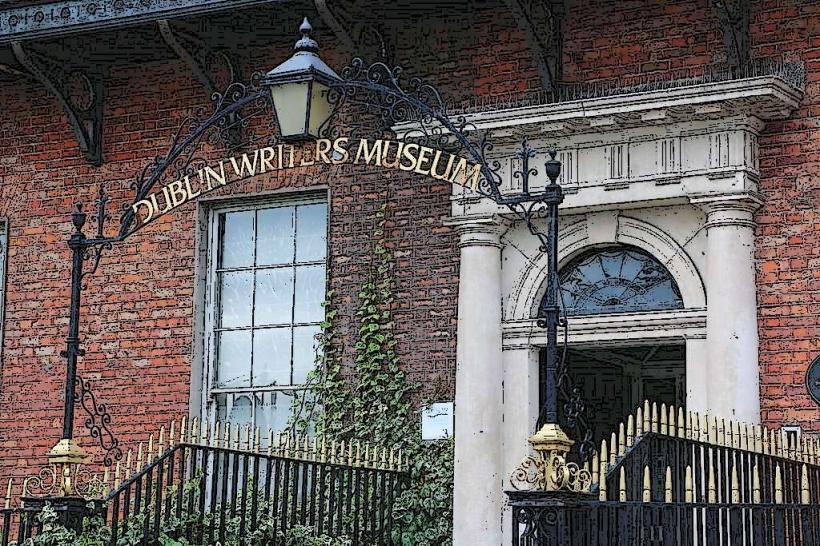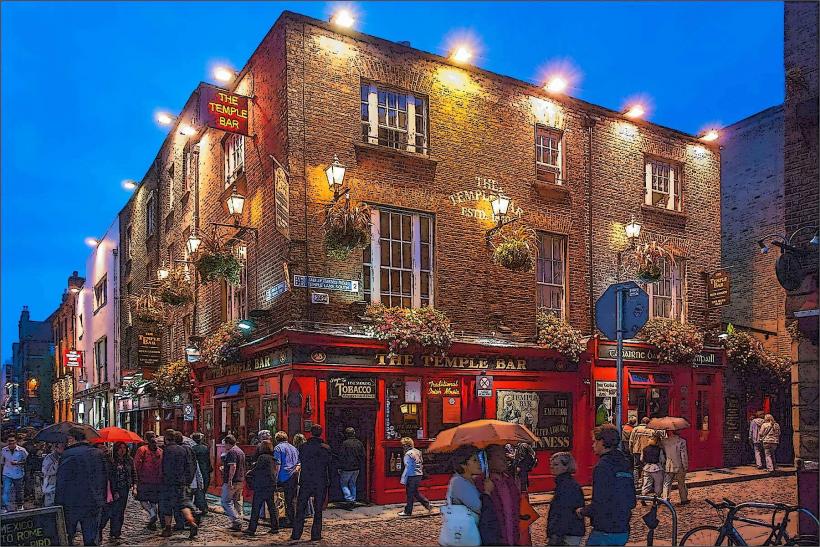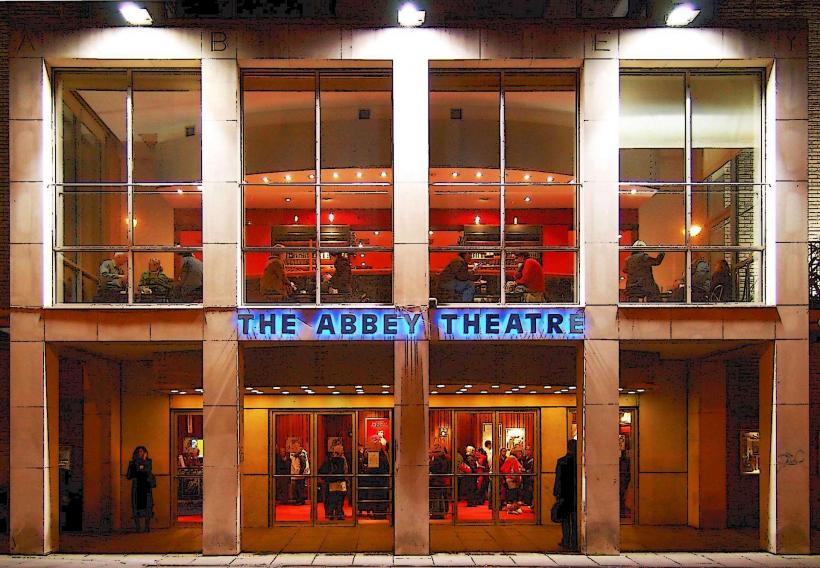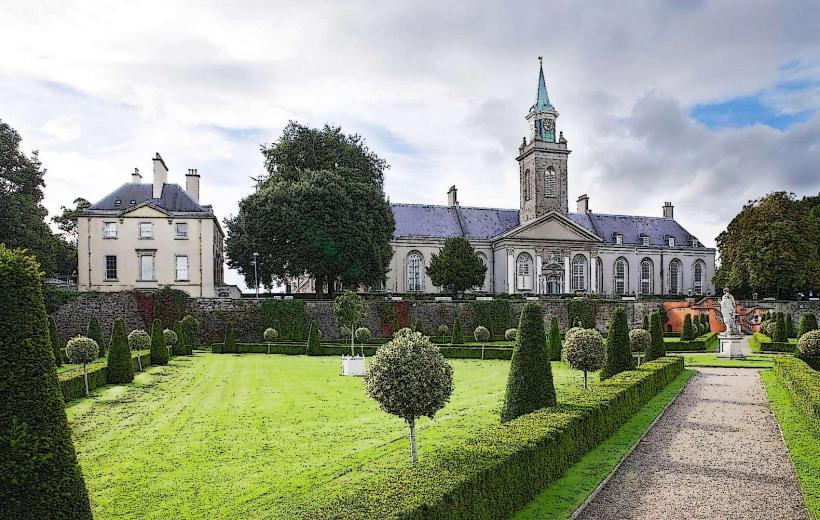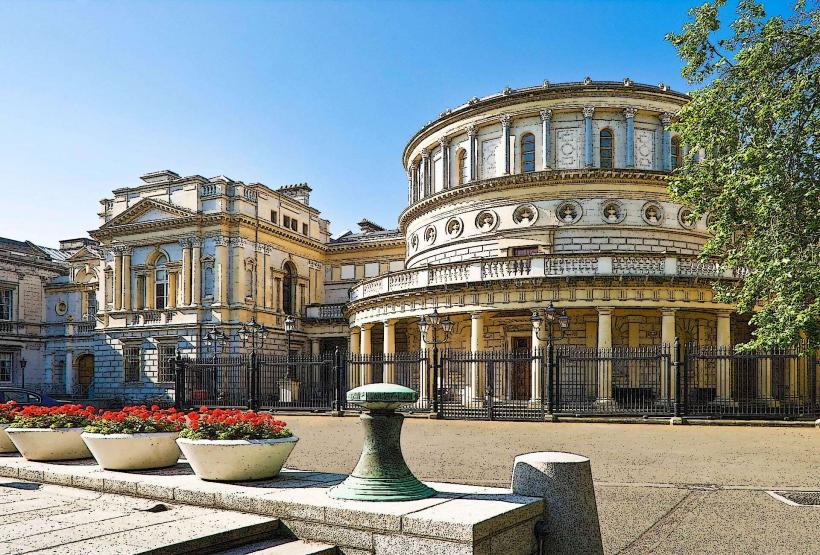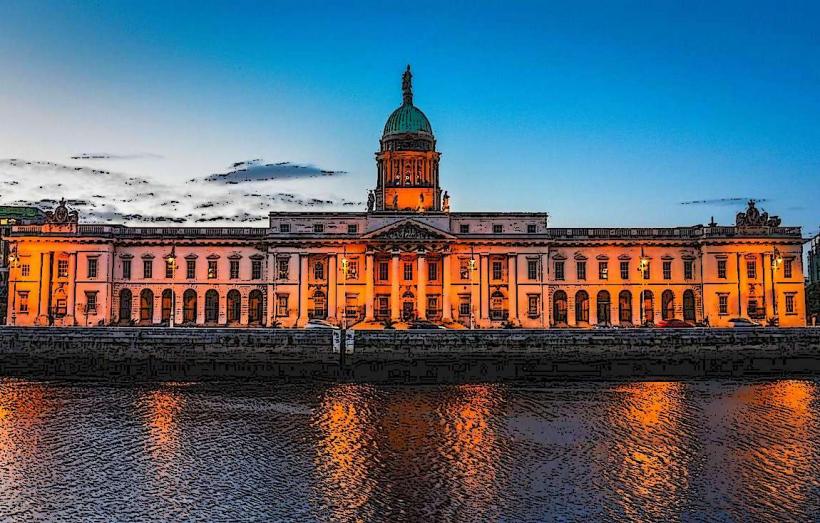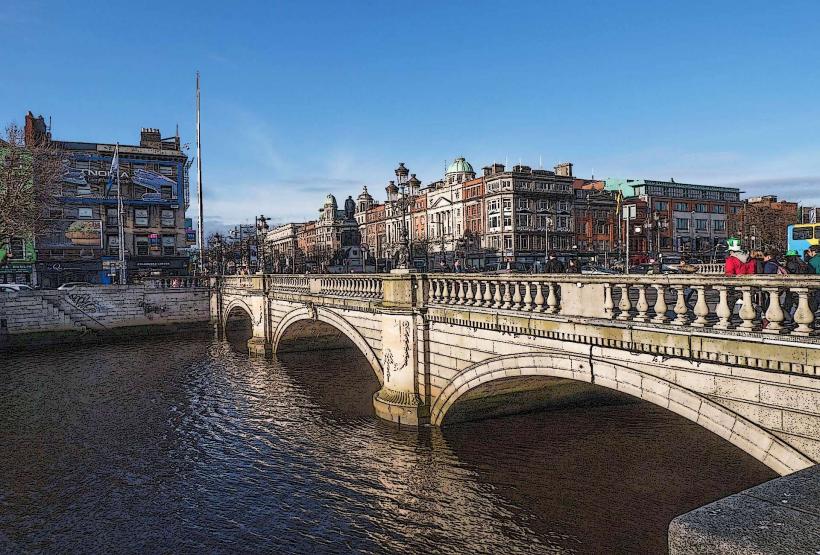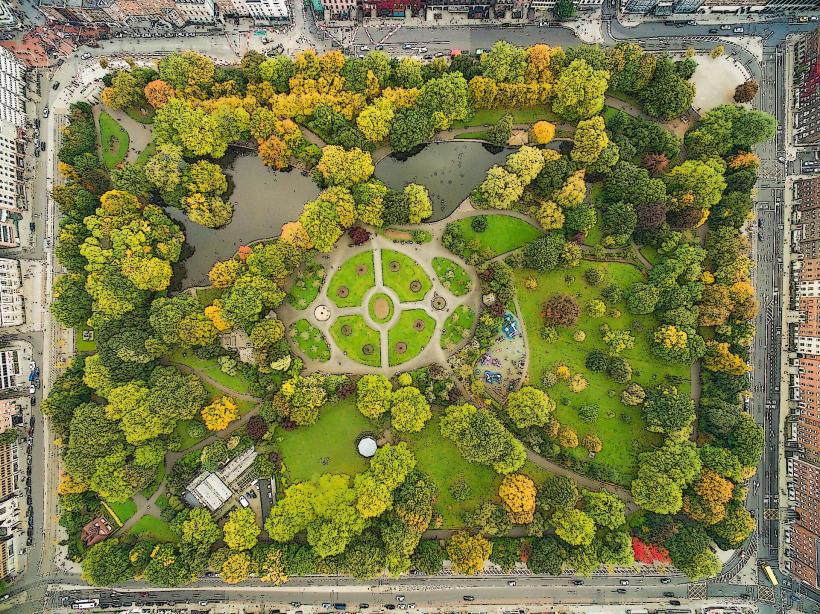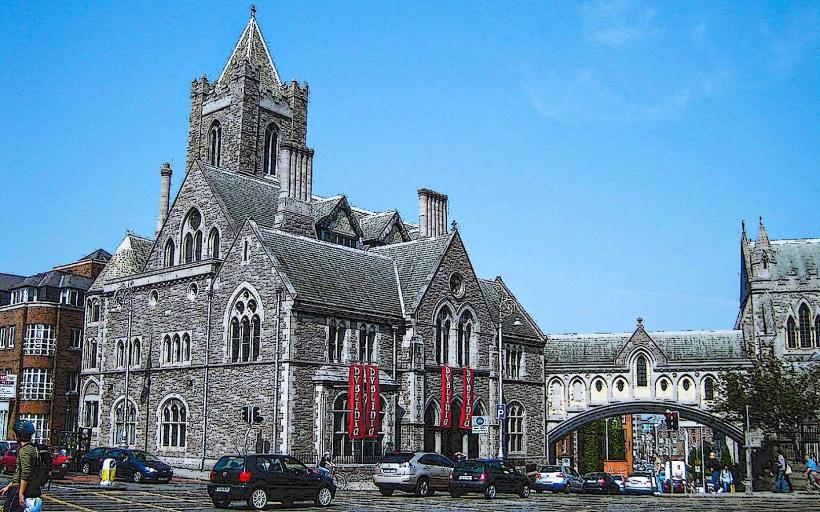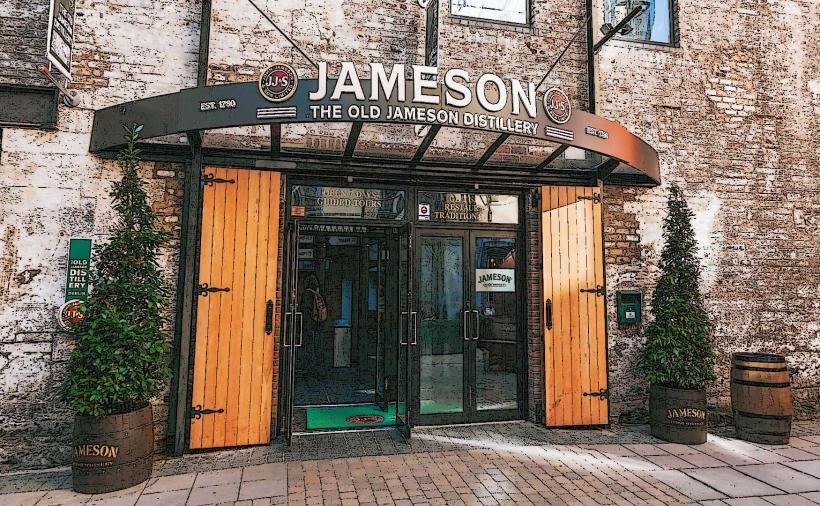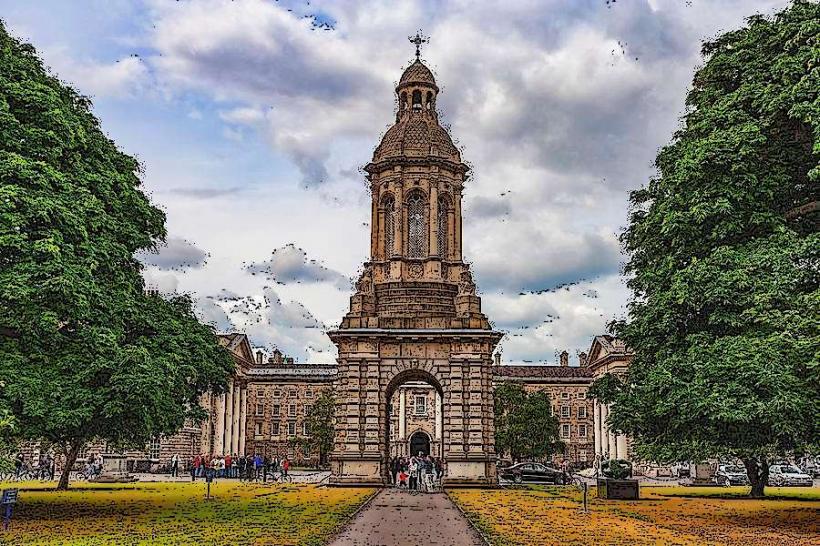Information
Landmark: Saint Patrick's CathedralCity: Dublin
Country: Ireland
Continent: Europe
St. Patrick's Cathedral (officially known as The Cathedral and National Cathedral and Collegiate Church of Saint Patrick, Dublin, and of the Holy Trinity) is one of Ireland's most iconic landmarks and a prominent symbol of Dublin. Situated in the heart of the city, it is both a historical and architectural marvel and the largest cathedral in Ireland. St. Patrick's Cathedral has a rich history that spans more than 800 years, and it continues to play an important role in both religious and cultural life today.
History of St. Patrick's Cathedral
The origins of St. Patrick's Cathedral date back to 1191, when it was founded by the Anglo-Norman John Comyn, the then Archbishop of Dublin. The cathedral was built on the site of a well that was believed to be associated with St. Patrick, the patron saint of Ireland. According to legend, St. Patrick is said to have used the well for baptisms during his mission to convert the Irish to Christianity in the 5th century.
Over the centuries, the cathedral has undergone numerous changes, both in its structure and its role:
- Medieval Period: Originally founded as a church for the English community in Dublin, St. Patrick's Cathedral grew in prominence during the medieval period, particularly as a center of both religious and civic life.
- 16th Century: During the reign of Henry VIII, the cathedral was subject to the English Reformation, and the cathedral's religious practices were altered. It was subsequently secularized and fell into disrepair, especially in the later part of the 16th century.
- 17th Century: St. Patrick's Cathedral was restored in the 1600s, particularly thanks to the efforts of Sir William Petty, an English scientist and statistician, who funded repairs. It is also closely associated with Jonathan Swift, the famous author of Gulliver's Travels.
- 18th Century: The cathedral became a symbol of the Church of Ireland, which was the established church in Ireland at the time. Despite declining fortunes, it remained a significant place of worship for Dublin’s Protestant community.
- 19th Century Restoration: By the mid-19th century, the cathedral was in a poor state of disrepair. Thanks to the efforts of Sir Benjamin Lee Guinness, the heir to the Guinness brewing fortune, the cathedral underwent a major restoration between 1860 and 1900. Guinness funded the restoration and saved the cathedral from potential ruin. His contributions ensured that St. Patrick's Cathedral remained a vital part of Dublin's cultural and religious heritage.
Architectural Features
St. Patrick’s Cathedral is a Gothic masterpiece, with distinct architectural features that make it stand out among other historic buildings in Dublin. Some of the key elements of its design include:
The Exterior:
- Tower: The cathedral’s 98-meter tower is a dominant feature of Dublin's skyline. Standing tall with a spire, the tower is a fine example of Gothic architecture.
- Facade: The exterior is characterized by a series of pointed arches, buttresses, and intricate stained-glass windows. The façade features statues of saints and other religious figures, and the rose window is a beautiful example of medieval stained glass.
- Cloister and Gardens: The cathedral’s peaceful gardens and cloisters are perfect for visitors looking to escape the bustle of the city. The green space surrounding the cathedral adds to its tranquil atmosphere.
The Interior:
- Nave: The main body of the cathedral, or nave, is vast and open, with soaring vaulted ceilings supported by massive stone columns. The interior's architectural splendor evokes the awe-inspiring nature of Gothic church design.
- Jonathan Swift's Memorial: Jonathan Swift, the famous satirist and author of Gulliver's Travels, was the dean of St. Patrick's Cathedral from 1713 to 1745. His tomb is located in the cathedral, and there is a memorial plaque dedicated to him inside. Swift is known for his contributions to the cathedral’s repair during his time as dean.
- Altar and Choir: The high altar at the east end of the cathedral is a significant feature, adorned with intricate carvings and stained glass. The choir stalls are equally impressive, with beautiful woodwork and delicate carvings, making it a fitting space for both prayer and music.
- Stained Glass Windows: The cathedral is home to some stunning stained-glass windows, many of which depict scenes from the Bible and Irish religious history. These windows add to the cathedral's beauty and create a colorful, spiritual atmosphere.
- The Crypt: Beneath the cathedral lies a large crypt that serves as a historical museum and exhibition space. The crypt houses various relics and artifacts, including historical documents, a collection of early Irish manuscripts, and exhibitions on the cathedral’s history. It also contains the tomb of Archbishop Comyn, one of the founders of the cathedral.
The Organ: St. Patrick's Cathedral has an impressive organ, which is often used in concerts and religious services. The current organ, dating from the 19th century, was built as part of the cathedral’s restoration and remains a key feature of the cathedral’s acoustics.
Role of St. Patrick's Cathedral Today
St. Patrick’s Cathedral is a Church of Ireland cathedral, and it continues to serve as a place of worship, but it also functions as a museum and a major tourist attraction. Visitors come from around the world to admire its beauty, explore its rich history, and enjoy the peaceful atmosphere of its grounds.
- Cultural and Religious Importance: The cathedral is an active center for Christian worship, with regular services, including Eucharist, Evening Prayer, and special services on important religious occasions. It also hosts cultural events, lectures, and musical performances throughout the year.
- Visitor Experience: The cathedral has an extensive visitor center, where visitors can learn about its history, architecture, and connection to Ireland's past. Interactive displays, exhibitions, and guided tours provide insights into the cathedral’s significance.
- Educational Role: St. Patrick’s Cathedral has a strong educational mission. It runs several educational programs, especially for schools, to engage with Irish history, culture, and the story of St. Patrick.
Significance of St. Patrick’s Cathedral
St. Patrick’s Cathedral is a symbol of Dublin's religious history, representing Ireland’s medieval roots as well as its role in the Irish Protestant tradition. The cathedral’s long history is intertwined with some of the most significant figures and events in Irish literature, religion, and politics, and its preservation ensures that future generations can continue to explore this heritage.
It stands as a beacon of Irish national pride and a testament to the country’s historical depth and religious diversity. Whether you are a religious pilgrim, a history enthusiast, or simply an admirer of fine architecture, St. Patrick's Cathedral is an essential part of Dublin's rich cultural and historical fabric.

